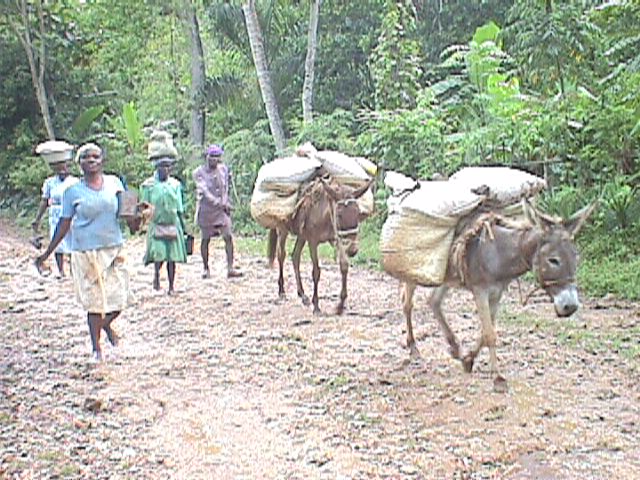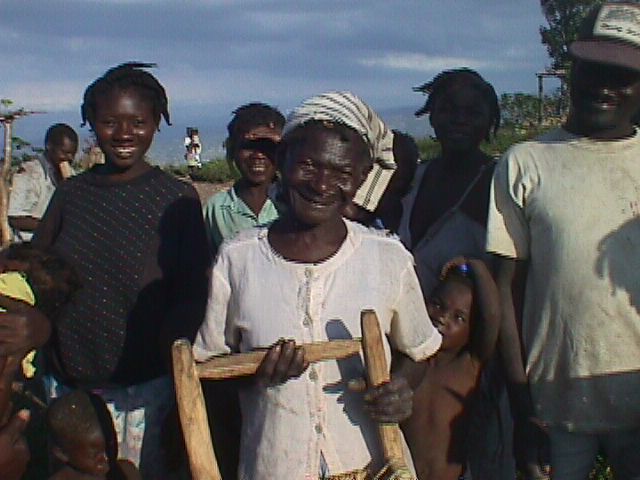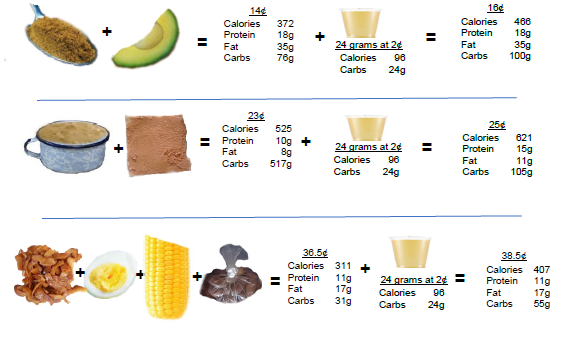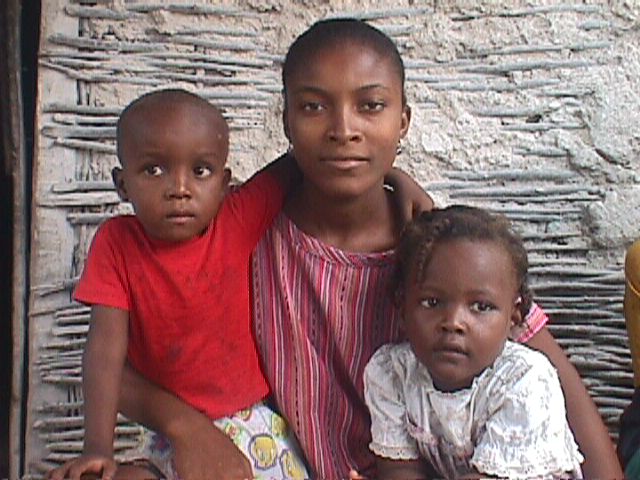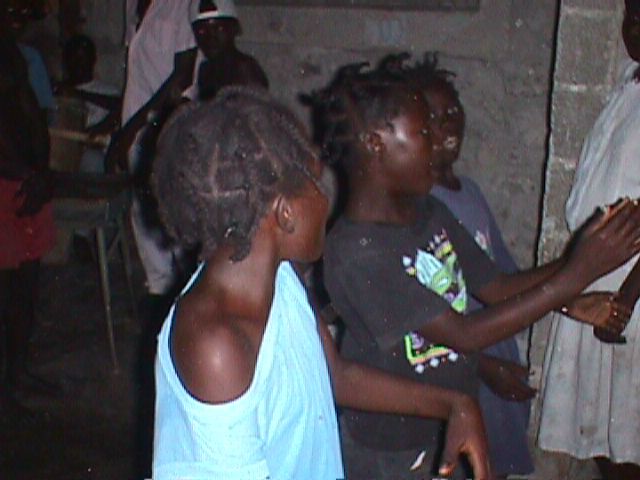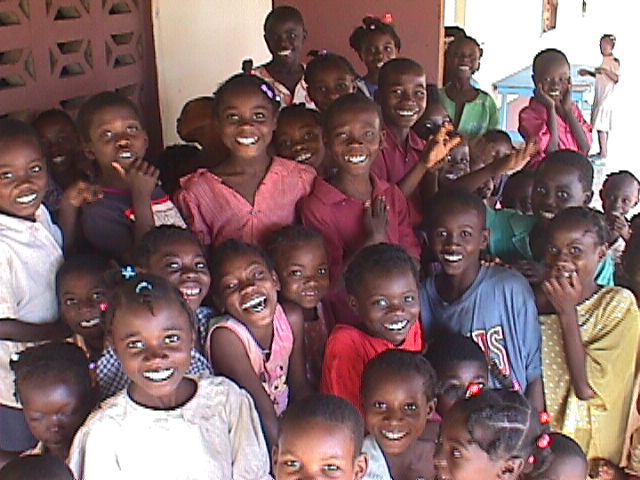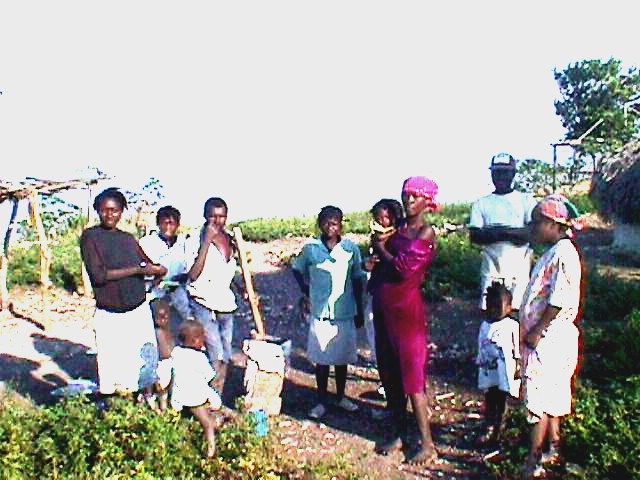NHADS SURVEY (Nutrition, Health, Agriculture and Demographic Survey, Jean Rabel, Haiti)
The survey for this report was conducted in 1997 in Commune of Jean Rabel which covers 467 km2 of territory and has an estimated population of 130,330 residents, 278 people per km2. The area is generally considered among the poorest in Haiti. Infrastructure in the form of a few roads and schools are in horrificRead More
Logo Icon Comparison Report
The primary objective of this study was to test consumer opinions of the mascots and labels to aid MFK (Meds and Foods for Kids located in Cape Haitian) in making a decision which label and mascot to use. A secondary objective was to determine the preferences and interests of Haitian consumers regarding mascots so toRead More
Violent Women in Haiti: Ethnographic and Survey Data
There is a great deal of concern in the NGO community about violence against Haitian women. Google ‘Haiti GBV’ and you’ll see that it’s a veritable rallying cry for feminine interventions and donations. It’s always good to help people, especially those who are victims of violence. But the vast majority of people seeking to helpRead More
Snacks, Meals, Prices, and Nutritional Content for Proposed Locally Procured School Feeding Program in Haiti
This article addresses the prospects for true, locally procured meals for a national school feeding program, something that does not yet exist. We present a series of the most commonly available local Haitian foods together with street costs and nutritional analysis. The suggestion is that prepared food containing twice the calories and protein available inRead More
Anthropological Brief: Understanding Infant Nutritional Challenges in Haiti
Infants in Haiti face an especially daunting set of nutritional challenges. The 1,000 days from conception to a child’s second birthday are the most critical period of a child’s physio-intellectual development. Children who are well nourished during this period become healthier and more intelligent adults who in turn are better able to feed and careRead More
The Sexual Moral Economy in Rural Haiti
Rural Haitian women assiduously negotiate sexual acquiescence to men and they do so with the goal of material gain. Ira Lowenthal (1984: 22) first described this behavior in detail when he reported that women in his research community referred to their genitals as intere-m (my assets), lajan-m (my money), or manmanlajan-m (my capital), in additionRead More
Haiti Orphanage Report (UNICEF/IBESR 2013): Unpublished
This is the controversial UNICEF/IBESR report, conducted by Sociodig, a Haiti-based research company. I’ll let interested readers be the judge regarding the quality of the work. But as can be seen from the report, it was a massive amount of research. Quite simply, there is no study of orphanages in Haiti that comes close to itsRead More
“Pronatal Sociocultural Fertility Complex” and “Sexual-Moral Economy”
Researchers working in Haiti have long noted that rural parents were extremely pronatal. Both men and women hoped to have large families with many children. Social scientists typically explained the trend with “love” and “prestige,” “absence of contraceptives,” and “tradition” (Herskovits 1937: 89); “the desire to live with reason, and to die with dignity” (Lowenthal 1987: 305);Read More
Explaining Caribbean Family Patterns
The anthropology of the Caribbean has been called “the battle ground for competing theories regarding family structure” (D’Amico-Samuels 1988: 785). Anthropologists were confounded by a distinct regional family structure, including late age at marriage, high rates of births to single women, matrifocality, child dispersal, de facto polygyny, serial monogamy, and severe beating of children. EarlyRead More
Fewer Men, More Babies: The Problem with the ‘Proximate and Intermediate Determinants of Fertility’ in the Caribbean
Here I want to show how Bongaarts and Potter’s (1983) “proximate and intermediate determinants of fertility” are inconsistent with ethnographic reality in the early and mid-20th century Caribbean. To do this I examine one of the great demographic mysteries of the Caribbean: the irony of increasing birth rates when fewer men were present, i.e., fewerRead More
